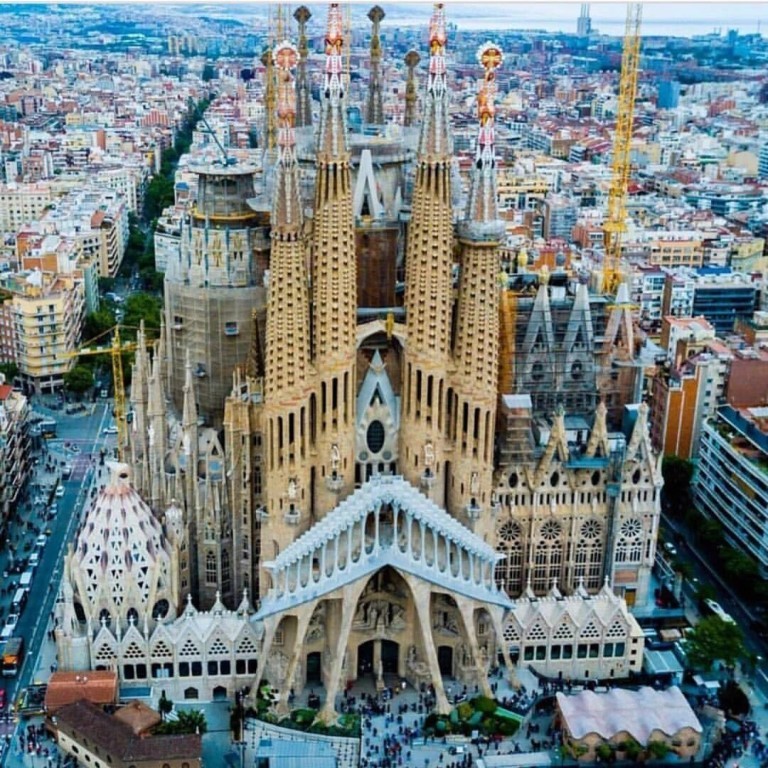La Sagrada Família de Antonio Gaudí
Page Content
La Sagrada Família es una de las obras de Gaudí más famosas en Barcelona. Es un gigante Basílica de que ha estado en construcción desde 1882 (que no es un error de mecanografía!) y no se espera que sea completado entre el 30 y 80 años (plazo de ejecución varía en función de las diferentes fuentes de información)
Hay mucha controversia acerca de la Sagrada Família. Hoy en día se están usando nuevos materiales de construcción que algunos creen , el mismo Gaudí no habría usado.
Haz clic para reservar en línea tus entradas sin colas para la Basílica de la Sagrada Familia de Gaudí
| Gaudí barcelona architecture side view of la Temple Expiatori de la |
Mapa que muestra la ubicación de la Sagrada Família
Tetuan Metro
Este mapa está registrado y protegido por derechos de autor y no puede ser copiado.
Hospital de Sant Pau Metro
Sagrada Família Hotel
Abalon Hotel
Medicis Hotel
Acta Antibes Hotel Barcelona
Aranea Hotel Barcelona
Carlit Hesperia Hotel
Eurostars Cristal Palace Hotel
Sagrada Família
Carrer de Mallorca, 401
Sagrada Família Metro
Sagrada Família Metro
Verdaguer Metro
Monumental Metro
Aparcamiento PROMOPARC Industria 9
Aparcamiento BSM Avenida Gaudí
Aparcamiento Rasina House
Aparcamiento BSM Sagrada Família
Aparcamiento NN Valencia III
Aparcamiento NN Valenica
Cuando visites el edificio verás un contraste entre el color de la piedra de la parte frontal y la parte posterior del edificio. También parece que el estilo de la construcción cambia de la parte nueva a la antigua del edificio.
Gaudí jugó un papel activo en la construcción de la Sagrada Família hasta su muerte en 1926. A menudo ordenaba modificaciones y ajustes en la obra hasta que esta se equiparaba a lo que el tenía en mente Si embargo, en la actualidad, debido a la naturaleza de los diseños existentes su trabajo esta en parte abierto a interpretación.
La interpretación de los planos originales por los arquitectos actuales es un gran desafió porque las piedras de construcción tienen formas irregulares.
El edificio sigue en construcción así que prepárate para ver las obras cuando lo visites. Sin embargo esto es muy interesante en si mismo , especialmente si visitas el museo de dentro del edificio.
A pesar de toda la controversia que rodea la Sagrada Família es en verdad un magnífico edificio y tienes la obligación de ir a verlo cuando visites Barcelona
Haz click aquí ahora para ver más fotografías de la Sagrada Família
Para saber más acerca del museo de la Sagrada Família haz click aquío
Direccion: La Sagrada Familia
Carrer Mallorca, 401
08013 Barcelona, España.
Horario:
| 01 enero y 06 enero | domingo y viernes | 09:00 – 14:00 |
| enero – febrero | lunes – sábado | 9:00 – 18:00 |
| domingo | 10:30 – 18:00 | |
| marzo – octubre | lunes – sábado | 9:00 – 19:00 |
| domingo | 10:30 – 19:00 | |
| abril – septiembre | lunes – sábado | 9:00 – 20:00 |
| domingo | 10:30 – 20:00 | |
| noviembre – diciembre | lunes – sábado | 9:00 – 18:00 |
| domingo | 10:30 – 18:00 | |
| 25 diciembre – 26 diciembre | lunes – martes | 09:00 – 14:00 |
Admisión: €26,00
Acceso Personas con Discapacidad: Si
Metro: Sagrada Família (Línea Azul, L5) y (Línea Púrpura, L2)
Haz clic para reservar en línea tus entradas sin colas para la Basílica de la Sagrada Familia de Gaudí
Parada de autobuses turístico sube y baja
La parada más cercana a Sagrada Família es “Sagrada Família” con el autobús turístico “sube y baja”
Autobús público
Mallorca / Marina: 19, 33, 34, 50, 51, h20
Aparcamiento
Aparcamientos cerca de Sagrada Família.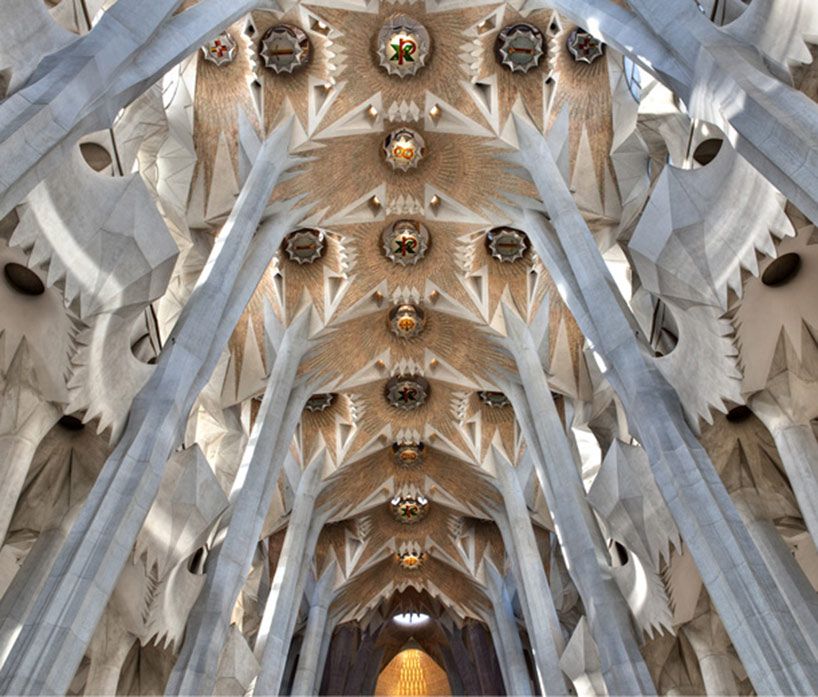
Sagrada Família terminada > ¿Cuándo se termina la Sagrada Família?
Best seller
Desde
€ 33,80
Entradas Sagrada Família sin colas
Ver disponibilidad
¿Por qué comprar con nosotros?
Trabajamos, vivimos y respiramos en Barcelona y en ninguna otra ciudad más. Es por eso que ofrecemos:
– los mejores precios
– ¡los mejores tours de la ciudad y las mejores entradas a museos!
Entradas Sagrada Família sin colas
Desde
€ 33,80
Ver disponibilidad
La historia de la Sagrada Família comienza con la visión de un hombre, Josep María Bocabella y Verdaguer, impresor y librero, que en 1881 concibió la idea de construir un templo católico dedicado a la Sagrada Família.
Pronto se unió a él el joven arquitecto Antoni Gaudí y el proyecto adquirió la dimensión y la desmesura que hoy conocemos.
La Sagrada Família terminada será una basílica con nada menos que cinco naves, tres fachadas y dieciocho torres, la más alta de las cuales, en el centro, simbolizará a Jesucristo y tendrá 172,5 metros de altura.
¿Cuándo estará terminada la Sagrada Família?
En teoría, la Sagrada Família debería estar terminada en 2026, fecha prevista para la finalización de las obras más importantes y el centenario de la muerte de su creador Antoni Gaudí.
Pero ha habido muchos obstáculos y retrasos desde que se puso la primera piedra en 1882. Entre la teoría y la práctica, esta construcción ha tenido muchos percances.
Me viene a la mente la tragedia absoluta de la muerte de Gaudí en 1926, al ser atropellado por un tranvía. Su discípulo Domènec Sugranyes se convirtió en el tercero de una larga serie de arquitectos a cargo del proyecto.
Otra tragedia ocurrió en 1936, cuando la Sagrada Familia fue saqueada durante la Guerra Civil española. Los planos originales se quemaron, las maquetas se destrozaron. A pesar de ello, la construcción continuará con los pocos documentos que sobrevivieron a este evento.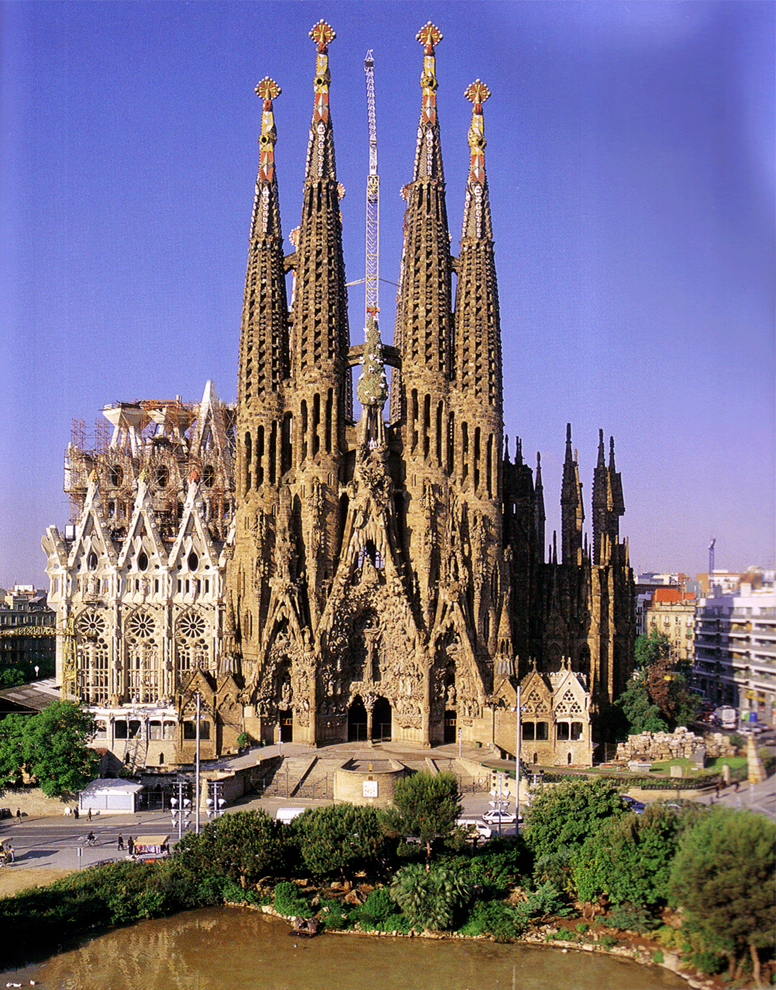
2026, una fecha para el fin de la obra, puesta en duda por la pandemia de Covid-19?
La obra más emblemática de Barcelona continuó hasta la pandemia del Covid-19. El cierre del templo a los visitantes en 2020 supuso una falta de financiación inmediata. Las obras de un templo expiatorio se financian exclusivamente a través de las limosnas (dinero tomado del precio de la entrada y de las limosnas dadas por los visitantes).
En 2021, la Sagrada Familia ha perdido 81 millones de ingresos respecto a 2019…
En el último recuento y según el director general del Consejo de la Construcción, Xavier Martínez, la finalización de la obra en 2026 se aleja de nuevo…
A menos que tu buen corazón haga la diferencia…
¿Qué aspecto tendrá la torre más alta de la basílica una vez erigida, sinónimo de fin de obra?
La Torre de Jesucristo, de 172,5 metros de altura. El último elemento de la obra, estará coronado por una cruz con cuatro brazos en forma de campana y recubierto de cerámica vidriada y vidrio.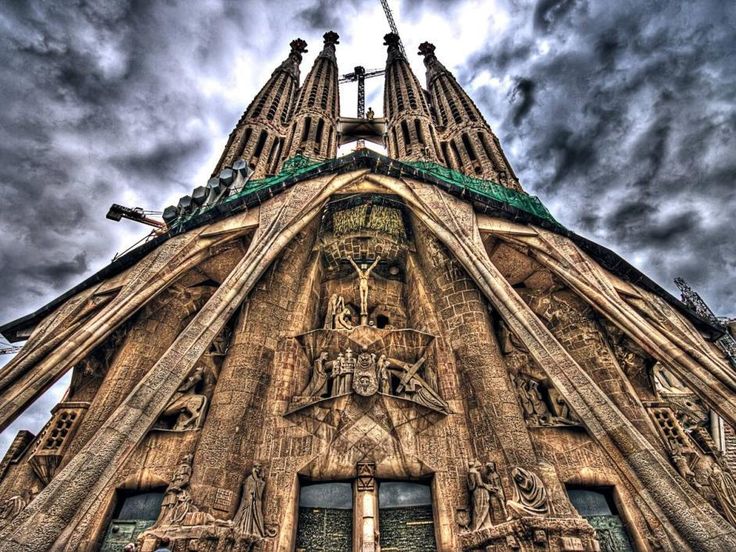
Vídeo: La Torre de Jesucristo en 2026 – animación-.
Sagrada Família 🌟 The most beautiful church in Barcelona
Sagrada Família is a temple in Barcelona that everyone should visit. It is called an architectural marvel. It is listed as a UNESCO World Heritage Site. This is a unique creation of the genius of architecture Antonio Gaudi. The Spaniards call the Temple of the Atonement the pearl of Catalonia. It has been built for 140 years. There is a legend that when the Sagrada Familia is completed, then the end of the world will come.
April 29, 2021
Photo by Jonas Denil on Unsplash
History of the Sagrada Familia
Sagrada Familia was conceived by a simple bookseller, José Maria Bocabelli. He was a deeply religious man and led the community of St.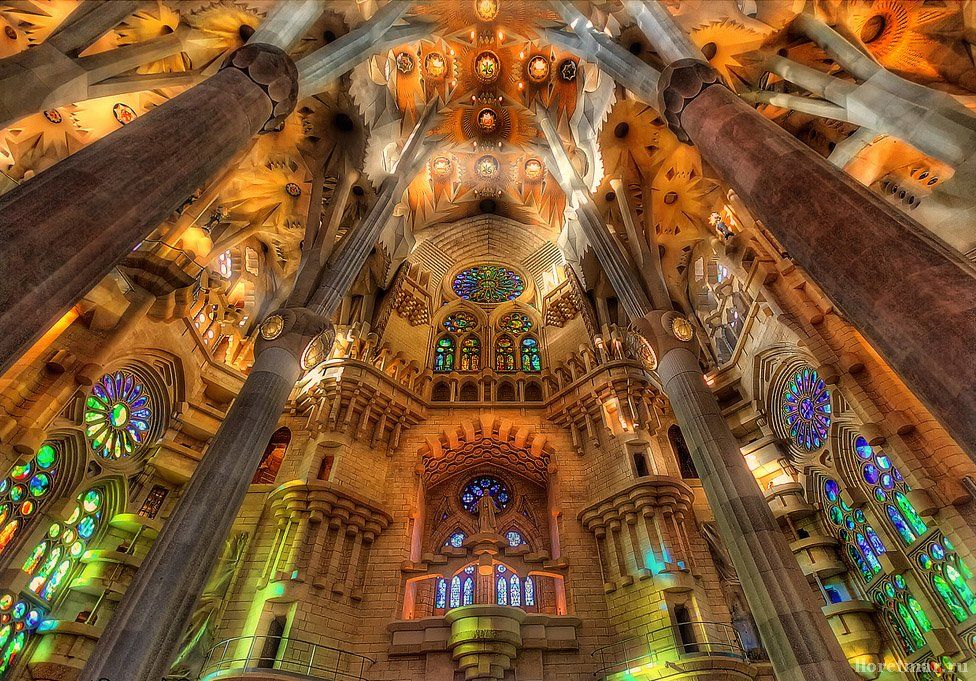
The bookseller wanted to erect it in the central area of Barcelona. But Bocabelho did not have the required funds, so he bought a site for the construction of a temple on the outskirts of the city in the Eixample district. It was planned to finance the construction of the temple at the expense of the community’s money and donations from the townspeople. A special subscription was created to raise funds. It operates to this day.
After 10 years of fundraising, the association founded by Bokabel in 1882 began construction. This was an important event for the Catalans. It was attended by the main persons of the clergy, citizens and city authorities. The laying of the first stone took place in a solemn atmosphere on 19March 1882.
Just a year later, the construction faced various problems. Relations between the architect and the church board soured. There were constant disputes about technologies and materials. The Board decided that Villar was not suitable for the position of project leader. Replacing Villar with Antonio Gaudí was a compromise for everyone. The new architect began work on the cathedral in 1883.
After a couple of months of work, he demanded that the restrictions arising from the strict adherence to the Villar project be lifted. At first, the ideas of the new architect were rejected, but his perseverance each time helped to convince the church council, which did not even imagine that Gaudí’s unique style would be formed for many years. Leading the construction of the Sagrada Familia, Gaudi became one of the top three architects in Barcelona.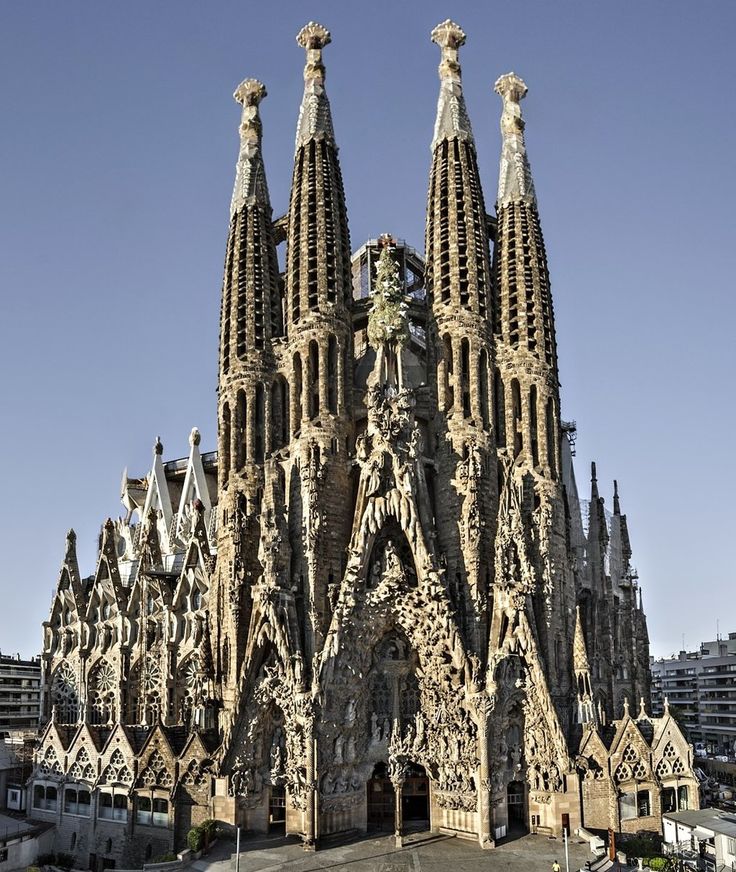
A large donation from an unknown person allowed Gaudi to almost completely redo the project. He retained only the layout of the building in the form of a Latin cross. Antonio was a very religious person and conceived in the architecture of the temple to express the main themes of the New Testament. In his architectural plan, he included 3 grandiose facades with bell towers directed to the sky – these are the facades of the Nativity, the Passion of Christ and Glory (Resurrection).
In 1961, in the crypt, built according to the first project of Villar, a large museum of the construction of the temple was opened. In the late 70s, all four bell towers of the Passion façade were built according to Gaudí’s design. They were decorated with sculptures only at the beginning of the 20th century. At the same time, stained glass windows, transepts and the main nave of unique beauty were created. The construction of the last facade of Glory began only in 2000.
In the 21st century, the construction of the middle cross of the apse was completed.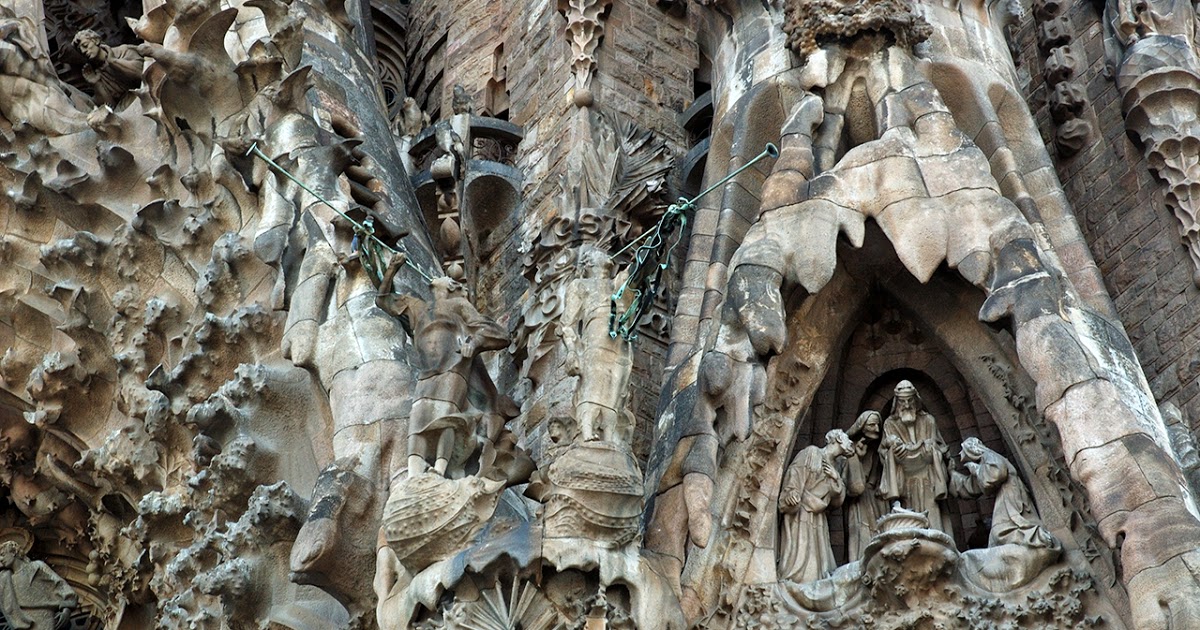
The unique beauty of the Sagrada Familia in Barcelona
Bizarre forms, architectural reliefs, frescoes, statues fascinate. You really can’t take your eyes off them. Gaudi improvised, created innovative solutions, while strictly adhering to engineering rules. The sculptures of the temple amaze with their biomorphism: the columns are like a stone forest, entwined with an openwork cobweb.
At the Nativity facade, which is also the main entrance to the cathedral, pointed towers in honor of the four apostles – Judas, Matthew, Barnabas and Simon.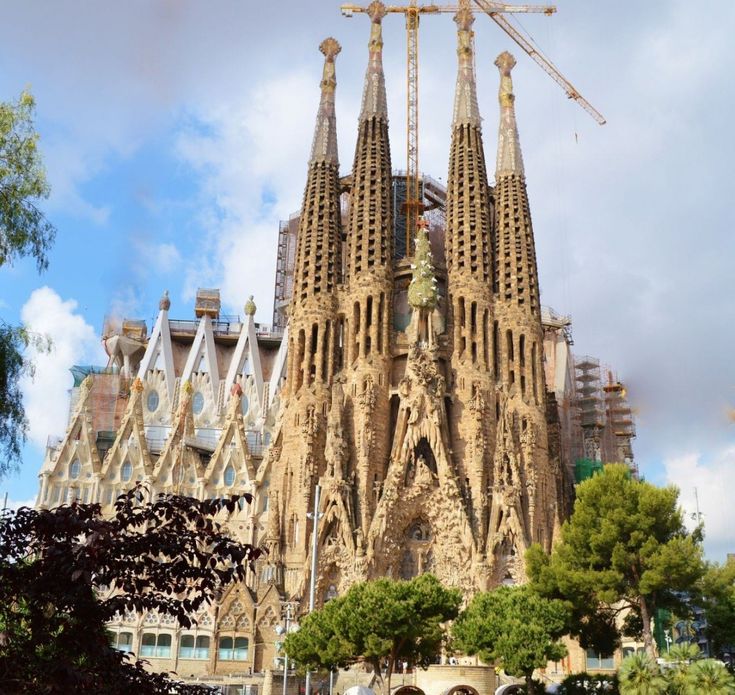
The Passion façade depicts Jesus’ Way of the Cross in the form of an S-shaped path and all the crucifixion scenes. The ribbon of the path depicts the Serpent (devil), the kiss of Judas, the soldiers who came for the Savior, and the Last Supper. A cryptogram of columns of numbers gives 300 combinations, the sum of which is always 33, the age of Christ. The text of the Gospels about Holy Week is carved on the bronze gate. At the gate there is a statue of the scourged Savior 5 meters high.
The Glory façade under construction is located on the south side of the temple. According to the project, it will be a seven-column portico, as the embodiment of the gifts of the Holy Spirit.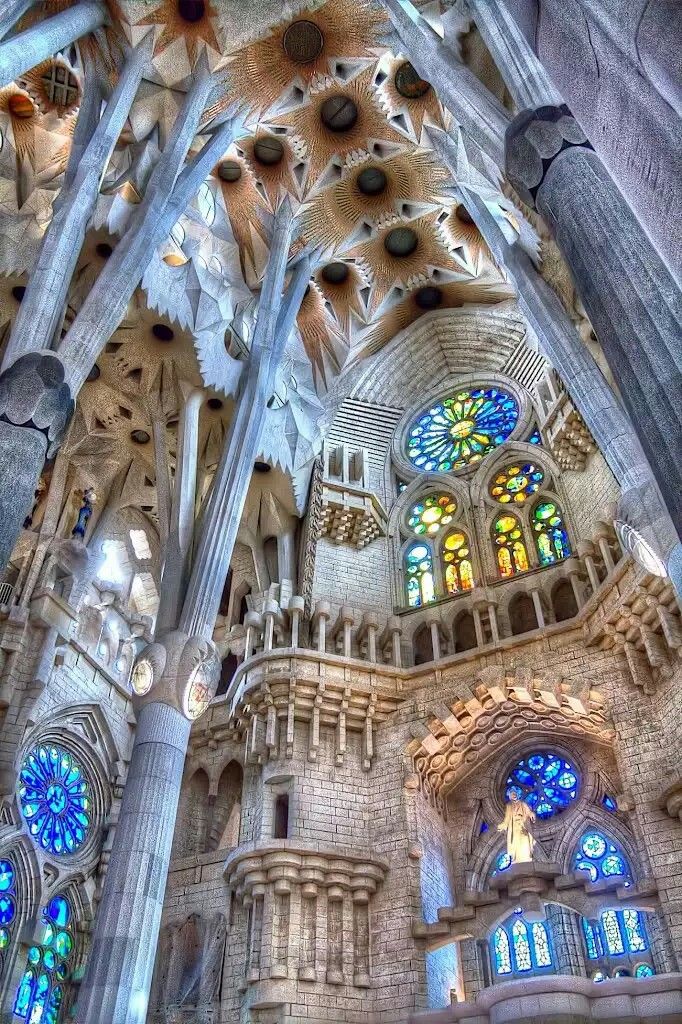
The interior of the temple is unique in every detail. Its numerous geometric shapes and figures create an optical illusion of the expansion of space.
The internal lighting of the temple creates a divine atmosphere – through the incredibly beautiful colored stained-glass windows, the scattering sun rays enter the temple.
No less original is the altar, which is decorated with a sculpture of Christ under the tent. Along the perimeter of the canopy are large bunches of grapes, which symbolize the words of Jesus Christ: “I am the true vine.” On both sides of the altar are stairs that symbolize the ascent of Jesus from earth to heaven. Huge organs are lined up just behind the altar.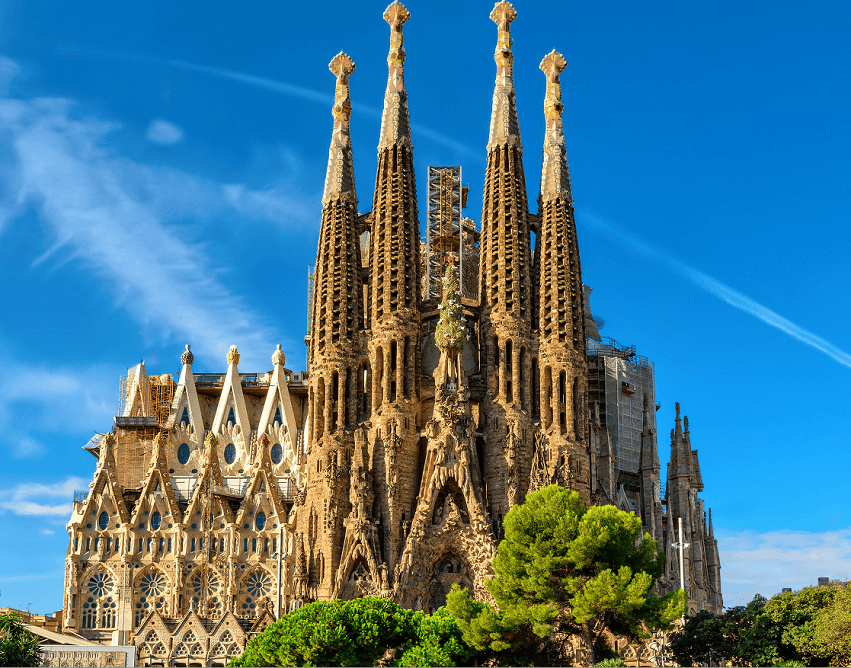
Inside the cathedral, construction and decoration work continues to this day, but most of the areas are fully completed and allow visitors to admire the beauty of the decoration of the Sagrada Familia for hours. You can take the elevator to the top of the bell tower of the temple. The top of the bell tower is lined with Venetian glass and mosaics. Episcopal symbols adorn the bell tower. And in the basement of the temple there is an exposition about the construction of the cathedral.
Location and how to get to Sagrada Familia
Sagrada Familia is located in Barcelona, in the Eixample district at Calle Mallorca 401. This is the most popular area of Catalonia. When the construction of the temple had just begun, it was considered the outskirts of the city, now it is the central area of Barcelona. Its area is 7.5 square kilometers. Getting to the quarter is very easy and fast by public transport or taxi.
Sagrada Familia can be seen from almost anywhere in the city.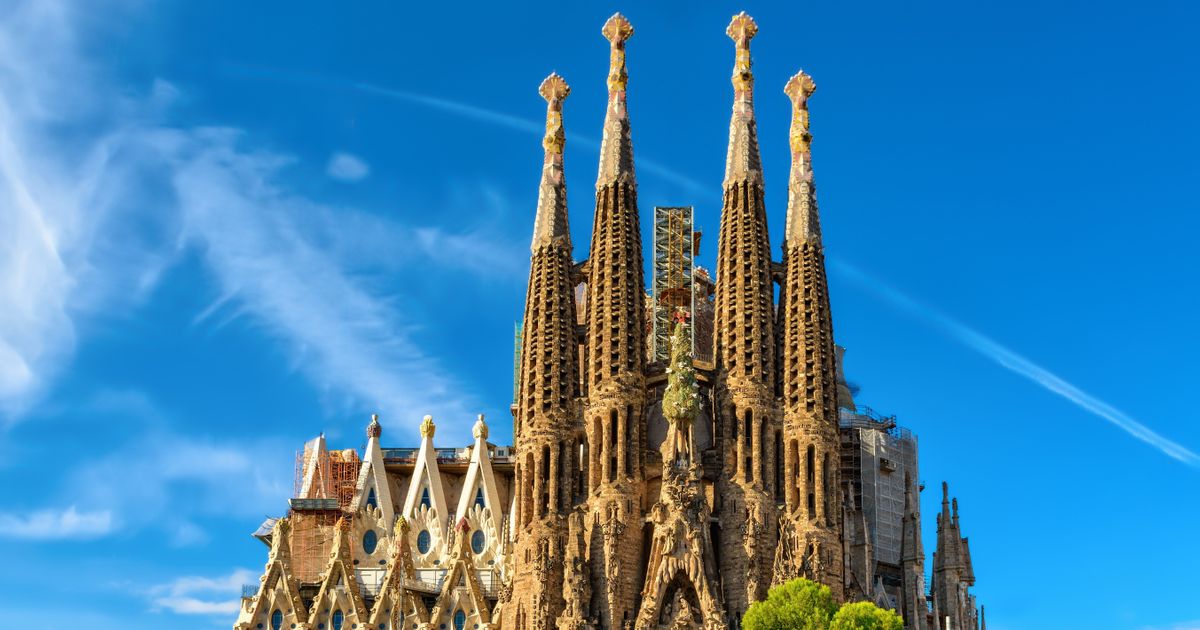
The trip to the temple from the Gothic Quarter of Barcelona by public or tourist bus will take no more than 20-25 minutes. The fare for a special ticket on public transport is only 1 euro. To get to the temple on a rented or private car, you just need to enter the coordinates of the Sagrada Familia into the GPS navigator – 41.4036, 2.17443.
For many believers, this place in Eixample has become a landmark. Up to 3 million people visit the temple every year.
Photo by Cristina Gottardi on Unsplash
What tourists need to know when visiting the Sagrada Familia
This is a true architectural marvel that will take a lot of time to see. Every detail, form, inscription riveted, forced to peer and study.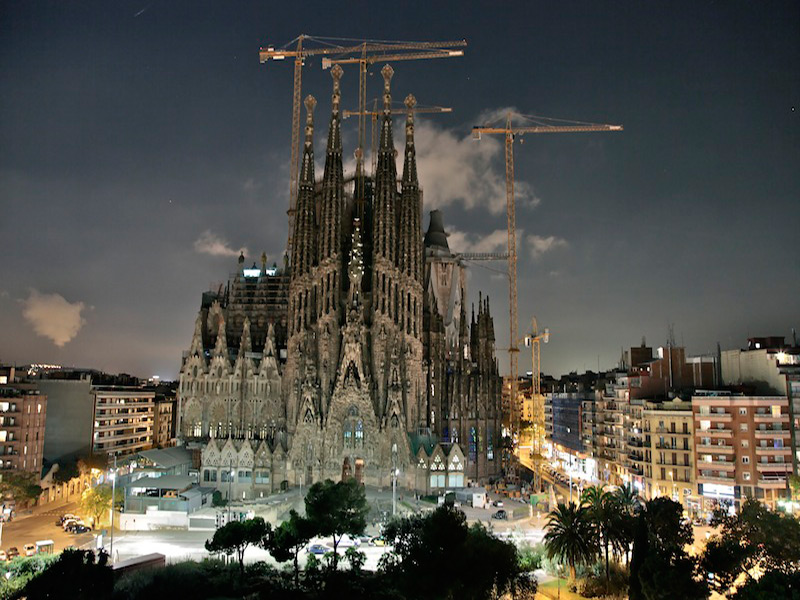
One of the towers has an observation deck. You can get to it by an elevator that will take guests to a height of 65 m. Next, you will have to overcome a spiral staircase with 426 steps, who have mastered them will be rewarded with an impressive view of Barcelona and the porticos of the temple.
The Sagrada Familia is open to visitors from 9.00 to 20.00. In winter, you can visit it until 18.00. To get inside the temple, you have to stand in a long queue. You can avoid the queue if you buy a ticket for an organized tour. There are fewer tourists in the morning. But it is in the evening that you can see all the beauty of its decoration. The rays of the setting sun penetrating through the beautiful stained-glass windows create an unusual picture and atmosphere.
The cost of an independent visit is 10-15 euros, with a tour, guide-interpreter or audio guide – 20-25 euros. To visit the towers, you need to buy tickets for the elevator, its price is 4.50 euros. For children under 10 years old, admission to the cathedral is free.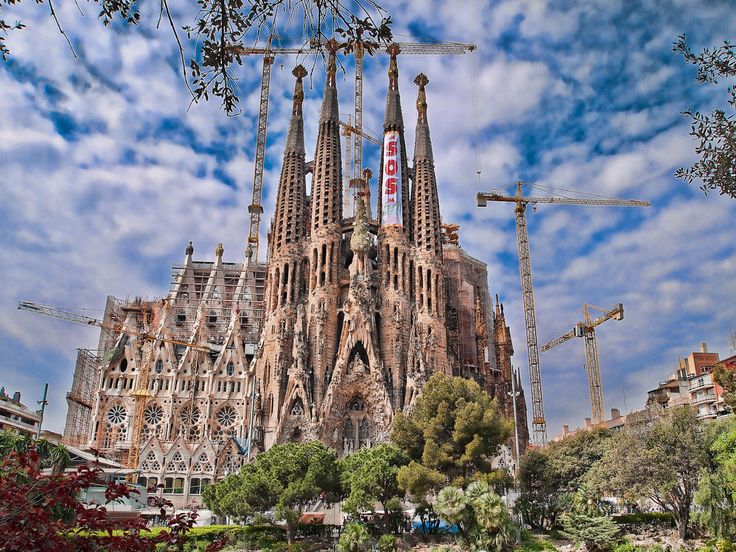
The dress code for entering the cathedral is free. For women, it is not recommended to wear tight and too open things. You also need to give up high-heeled shoes. Inside the temple is always a pleasant coolness. But when examining facades, especially in spring and summer, the scorching Spanish sun can cause great discomfort. When traveling to the cathedral, we recommend taking caps, hats, panamas, especially for children.
Photo by La Partida Eterna on Unsplash
Interesting facts about the Sagrada Familia
The most amazing thing is that such a luxurious and majestic building was completely built only on donations. Historical sources testify that when the money in the treasury of the society ran out, Gaudí himself took to the streets of Barcelona to collect donations. His persuasiveness, enthusiasm and fire in his eyes did not leave anyone indifferent.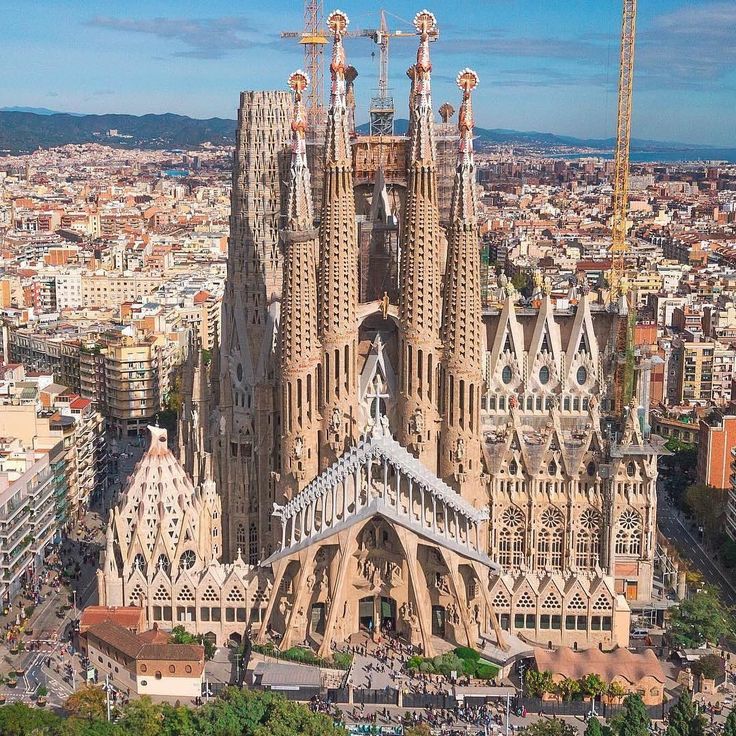
Sagrada Familia expiatory temple reflects not only the talent, but also the personal traits of the genius of Spanish architecture. He was obsessed with creating a structure that would display in its stone everything that is essential in the Bible. The architect failed to complete the main project of his life. 7 June 1926 years old, he fell under the wheels of the first tram launched in Barcelona. On June 10 he died. Antonio Gaudí was buried in the crypt of the Sagrada Familia.
In recent years, Gaudi began to create sketches and drawings so that whoever comes after him could realize his plans. Admirers of his talent believed that the work of the great master should not be left unfinished. After the death of the architect, a student and admirer of Gaudi’s work, the Japanese sculptor Etsuro Sotoo converted to the Catholic faith, and since the 80s has been working to complete the construction of the Sagrada Familia.
Pope Francis announced that he was ready to beatify Antonio Gaudí. This is the penultimate step in order to declare the great architect to be the patron saint of all architects. It is unlikely that this will happen, since in order to overcome the last major step for initiation into saints, the Vatican needs to present a miracle. But most Catalans have long considered Gaudí a saint.
Sagrada Familia hosted a laser show that delighted the whole world. A team from England was specially invited to Spain, so that with the help of technology it would “revive” and paint with bright colors the famous frescoes of Gaudí on the facade of the cathedral. Ancient frescoes appeared before the astonished spectators as if they were alive. Residents of the city and guests could not take their eyes off what was happening.
Sagrada Familia is not only a bible skillfully embodied in stone, but also a manifesto of a unique author’s architectural style. In the design of the temple, Gaudí used elements of baroque, Moorish style and a large number of his own developments.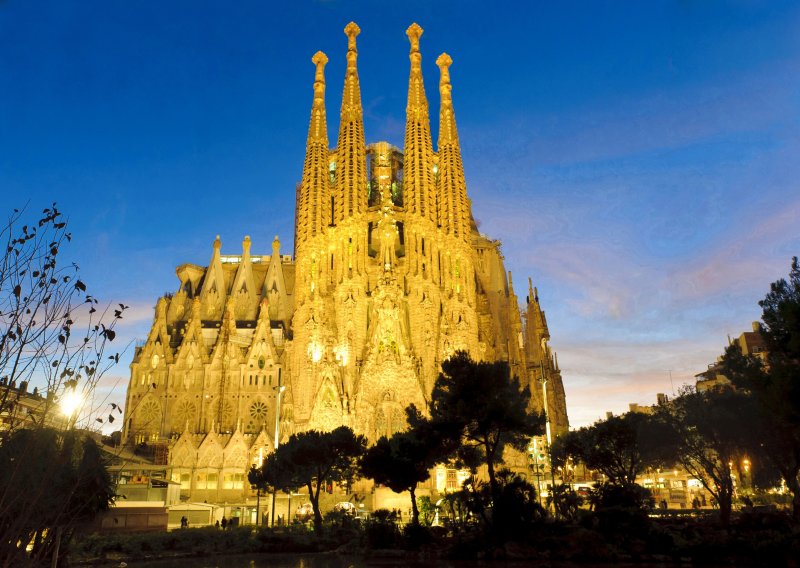
More interesting things in our Yandex.Zen channel. Subscribe!
See also
- #Barcelona
- #attractions
Share
0
Barcelona’s Sagrada Familia brings new problems to the locals
The longest construction in recent history brings many problems. We are talking about the unfinished creation of Antoni Gaudi – the Sagrada Familia in Barcelona. About this – in the material of the TV channel “Culture”.
With construction on the Sagrada Familia returning to normal after the pandemic, conflicts around this most famous landmark in Barcelona have also resumed. Before the first outbreak of covid, the construction of the Cathedral of Antonio Gaudí was planned to be completed in 2026, on the centenary of the death of the architect.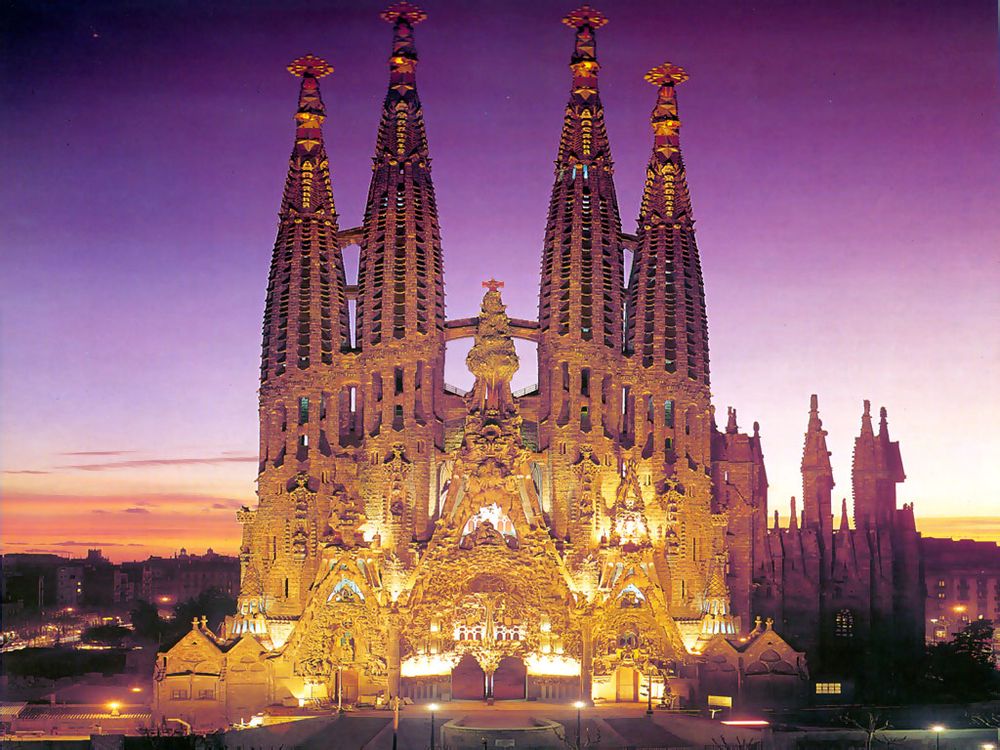
The Sagrada Familia Victims Organization has been around for a long time. They are worried not only about the prospect of destroying two neighborhoods, but also about the fact that there is no control over the number of tourists in the area. At the same time, real estate prices in this part of Barcelona have fallen, and building owners do not want to renovate the facades due to all the uncertainties.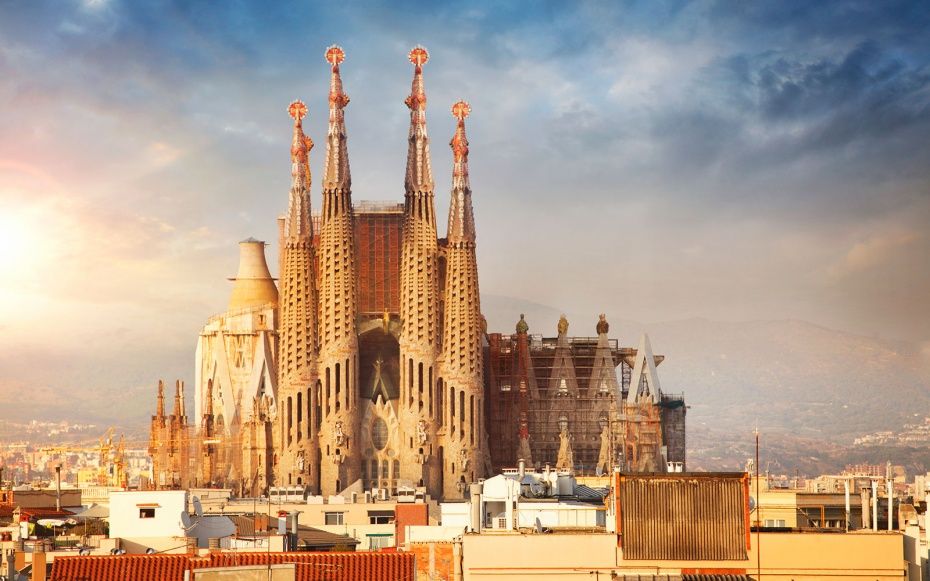
Around the Sagrada Familia, which the author himself called the “Bible carved in stone”, there are disputes about how much what they plan to complete corresponds to the original plan of the architect. Some say that this is no longer the creation of Gaudí, who died in 1926. Others assure that he left a huge number of drawings and layouts, and he himself said: “My client is in no hurry,” meaning God.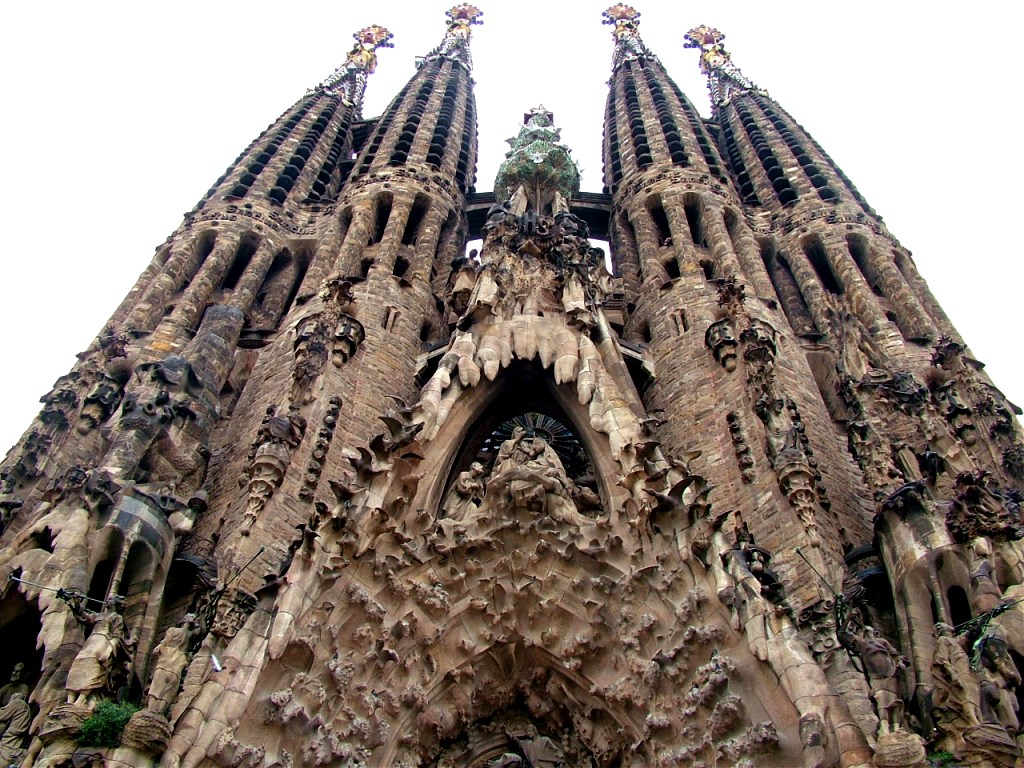
Plans for the coming years include the completion of two more towers of the Evangelists Luke and Mark, the addition of three new upper levels to the main tower of Jesus Christ, which will be crowned with a giant cross that will house an observatory.

